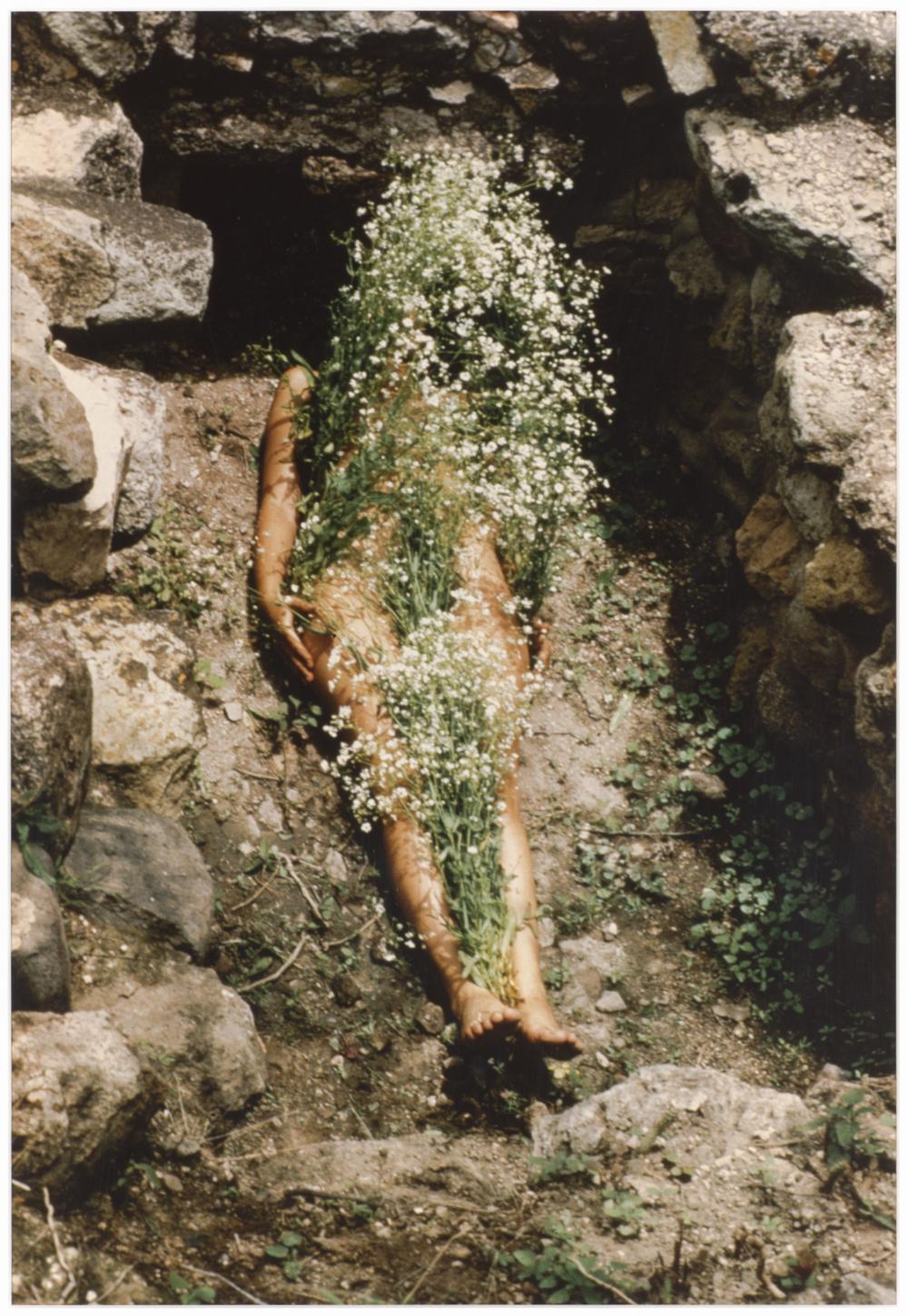
In the cold early morning hours of the second day of 2018, I took myself to the doctor. I had not been able to sleep all night for coughing. I felt breathless, as though I couldn’t get enough air in. I explained this to the doctor at CitiMD. I had hoped he would give me something to help me breathe. Instead, he asked if there had been anything else wrong lately. I explained that I had been tired, light-headed, and prone to feeling very cold. I could never get warm. I had been fainting.
He stopped me at “fainting.” How many times had I fainted? The answer was, perhaps five times, in a six-week period.
The doctor looked at me like I was mad. “It didn’t occur to you to come to a doctor when you fainted the first time?”
I told him it had not.
“There’s no reason why a young lady such as yourself should be fainting and feeling dizzy all the time,” he said.
Then the tests commenced. I took off my cardigan and my shirt, and sensors were placed on my chest so that the nurse could perform an EKG. When the doctor came back into the exam room he looked concerned. The EKG had detected some abnormalities.
He told me to go to the ER immediately. He asked whether he should order me an ambulance, or whether he could trust me to take myself there on my own.
I told him that he could, but that I didn’t understand what has going on. I asked whether a hospital was really necessary.
“They can do blood work and X-rays more quickly there than I can here,” the doctor explained. “Hopefully everything is fine. If they find something they’ll refer you to a cardiologist or a neurologist, to try and find out what’s happening between your head and your heart.” As he spoke he placed one hand to the side of his head, and one on his heart, as though to embody the metaphor of my own disequilibrium.
I spent the next eight hours in the Emergency Room of Mount Sinai Beth Israel on 3rd Avenue. I had been sent to that pale orange Emergency Room before, a year and a half earlier. On that occasion I had pulled a muscle in my back and suffered spasms so excruciating I couldn’t walk. My husband called 911. The paramedics carried me down the three floors of the apartment building strapped into a chair, still barefoot and wearing a nightie, and took me in an ambulance to the hospital so that I could be administered with a heavy dose of muscle relaxants and Percocet. When the paramedics had wheeled...
You have reached your article limit
Sign up for a digital subscription and continue reading all new issues, plus our entire archives, for just $1.50/month.
Already a subscriber? Sign in




